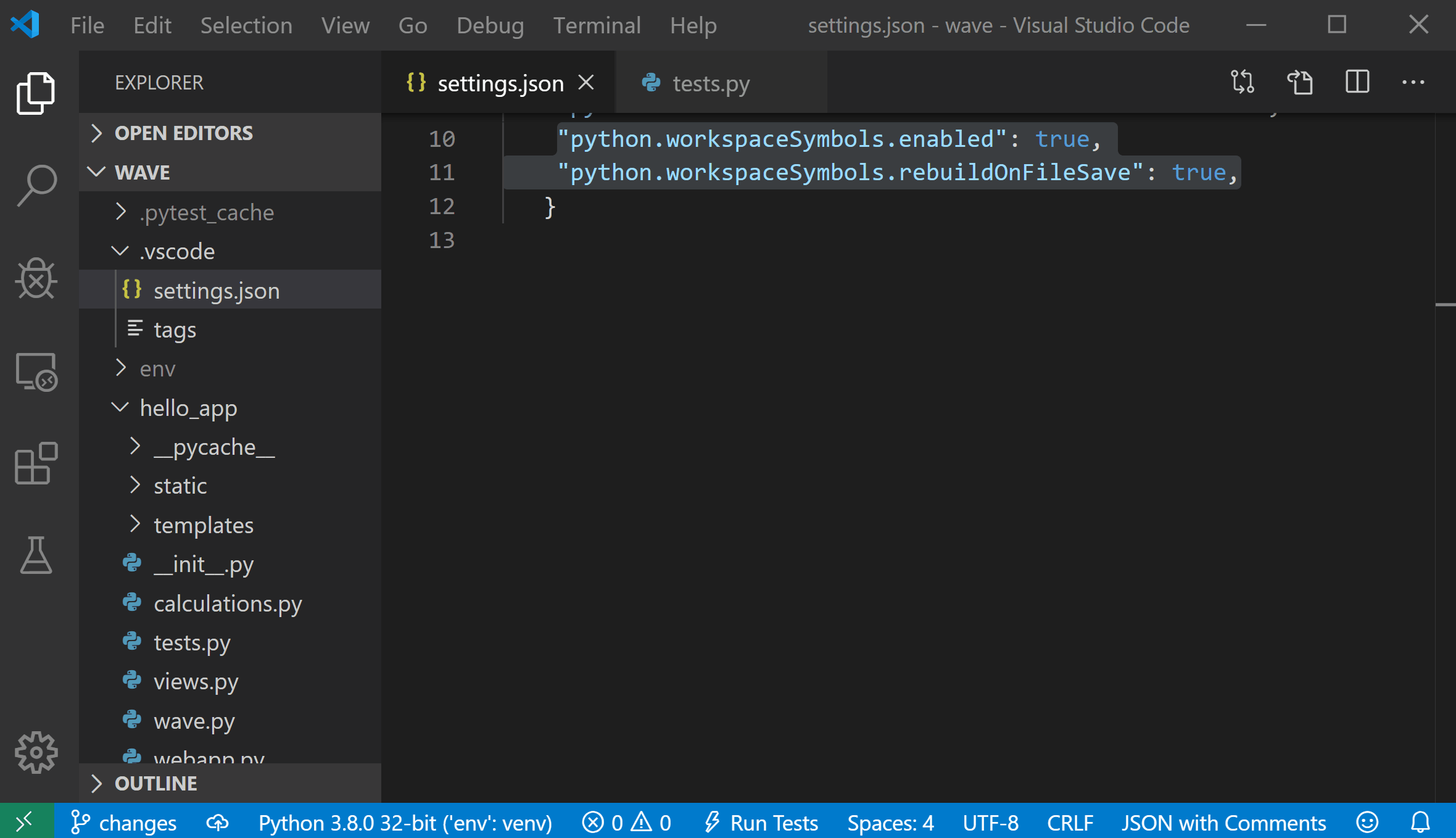
In the previous part of this article, I talked about the research background, goals, assumptions, source data, and used tools. Today, without further ado, let's say together…

Interpreted high-level programming language for general-purpose programming


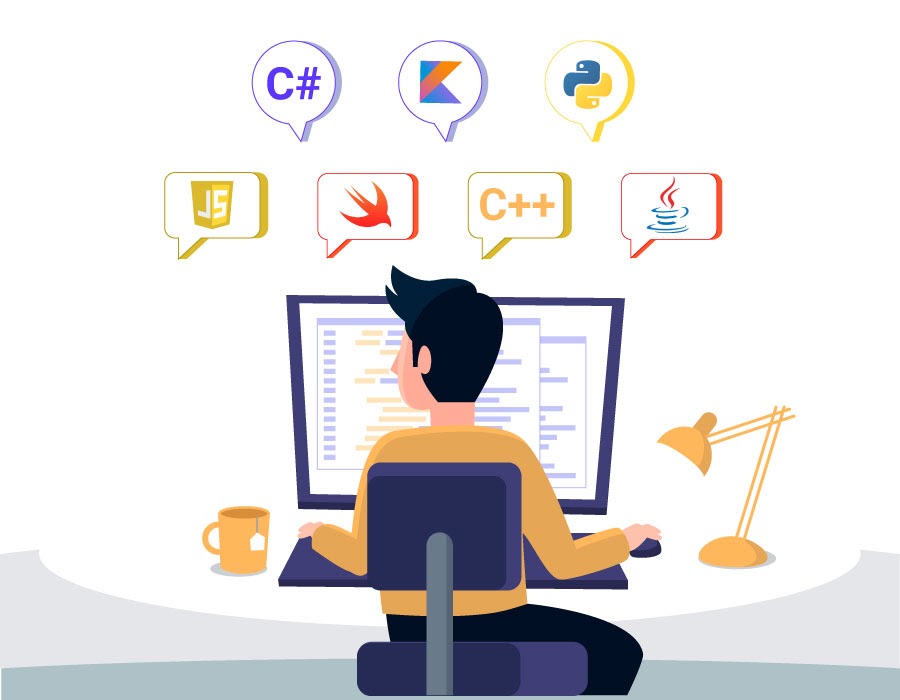 "
" 
We have all been there — having a nice idea for a hackathon, hobby or a side project and having a burning desire to start coding as soon as possible. And how many possibilities (Heroku, Glitch and others) are there now to bootstrap your app and deploy it immediately.

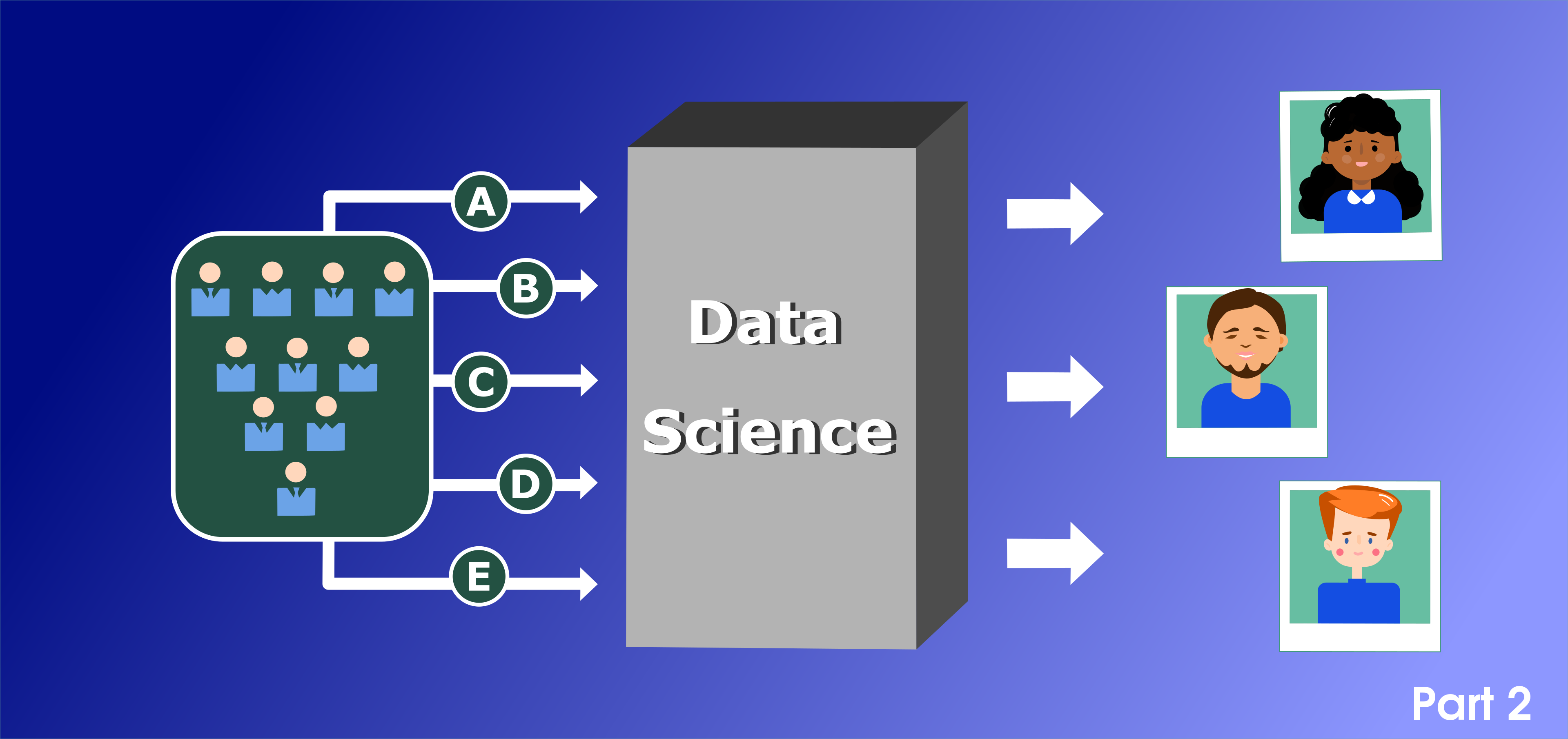

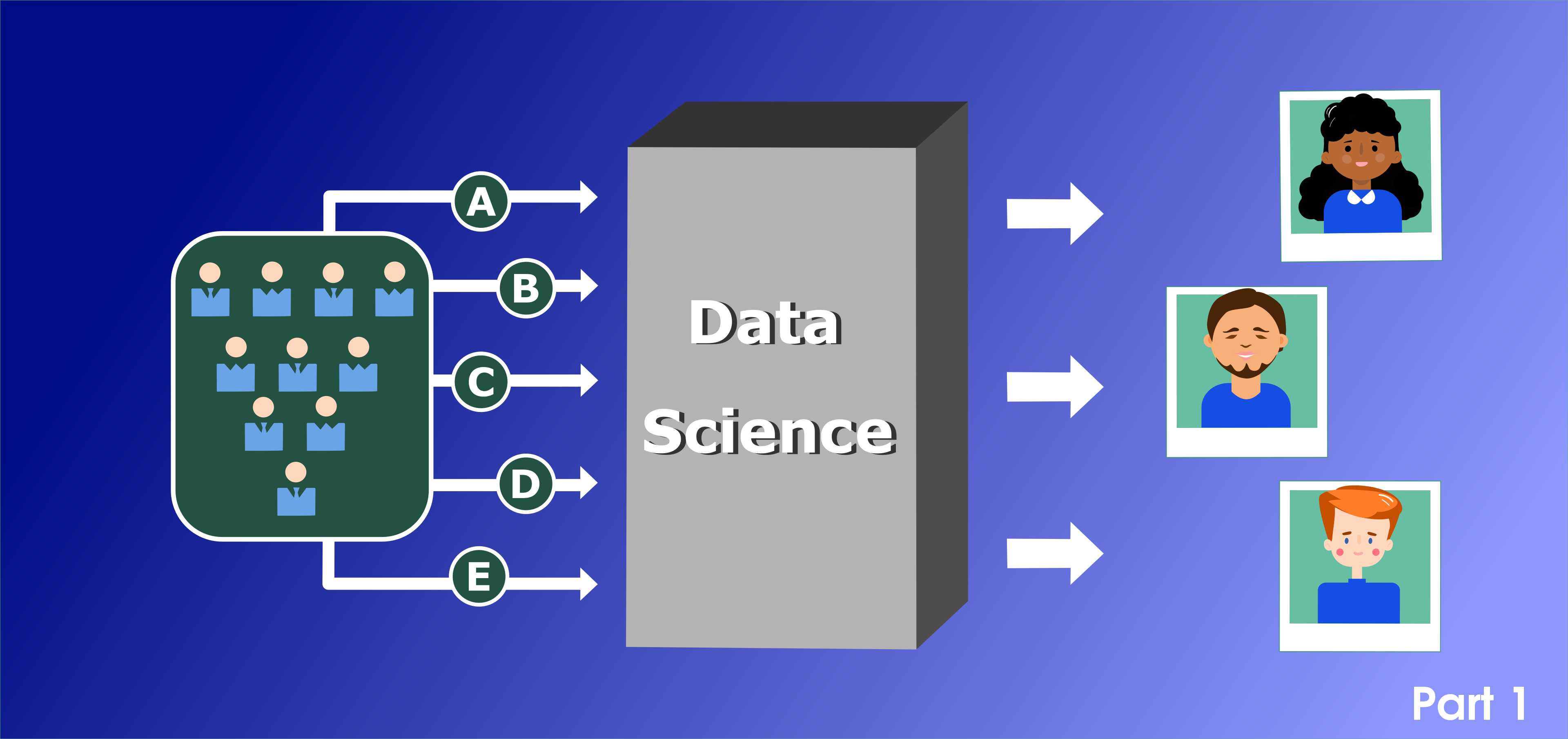
In the modern world, here and there ideas are arising about using data science for an extra benefit. For instance, Google can use a history of watched videos for providing recommendations about new ones. Online shops are using a recommendation system for increasing your receipt. However… if companies use the data for their benefit, could we do the same for own needs such as looking an online English teacher?
It is an approach based on my own experience and can be unsuitable to your point of view, ideas, or principles.
In February 2020, when the disease came to Europe, it became apparent to me that our timid hopes that the epidemics would subside and be finally buried in the China's soil were ruined. It was already evident from the Chinese statistics that the virus is lethal enough to scare and mild enough to pass unnoticed in many cases and, thus, to guarantee its effective dissemination. The question was when it reaches each next country.

Another question was the individual risks, especially the risk of lethal outcome if one contracts the virus. The average figure of around 5% was circulated by late January and early February. It was known that males were more susceptible to fatal outcomes. By February, it was also evident that the virus doesn't lead to death only in the elderly — the middle age was significantly affected, as well.

About a week I wonder around the idea of this article, mainly, because of missing the content here and tidiness of the coronavirus-themes. But, when robotic-harvester, hacking zip with bitcoins and other cool articles released — I decided not to publish crude material.
However, unexpectedly today the maintainer of this review hero showed up from the lockdown and, several hours ago reapy v0.6.0 has been published on PyPi. Under the cut — the last change log, which contains (to my pleasure) no line where I have not been involved one way, or another.
Finally: why reapy is needed and how Python works inside REAPER.


Recently I had to add python3.8 for our Python linter (the strictest one in existence): wemake-python-styleguide. And during this straight-forward (at first look) task, I have found several problems with test coverage that were not solved in Python community at all.
Let's dig into it.
> celery worker --app=demo_app.core --pool=solo --loglevel=INFO

except blocks matter: if exceptions can be caught by more than one block, the higher block applies. The following code doesn’t work as intended:Each instance of a class in CPython created using the class syntax is involved in a cyclic GC mechanism. This increases the memory footprint of each instance and can create memory problems in heavily loaded systems.
Is it possible to use only basic reference counting mechanism when necessary?
Let's analyze one approach based on recordclass library that will help to create classes whose instances will only be deleted using the reference counting mechanism.
Note: this is translation from original post (in russian).

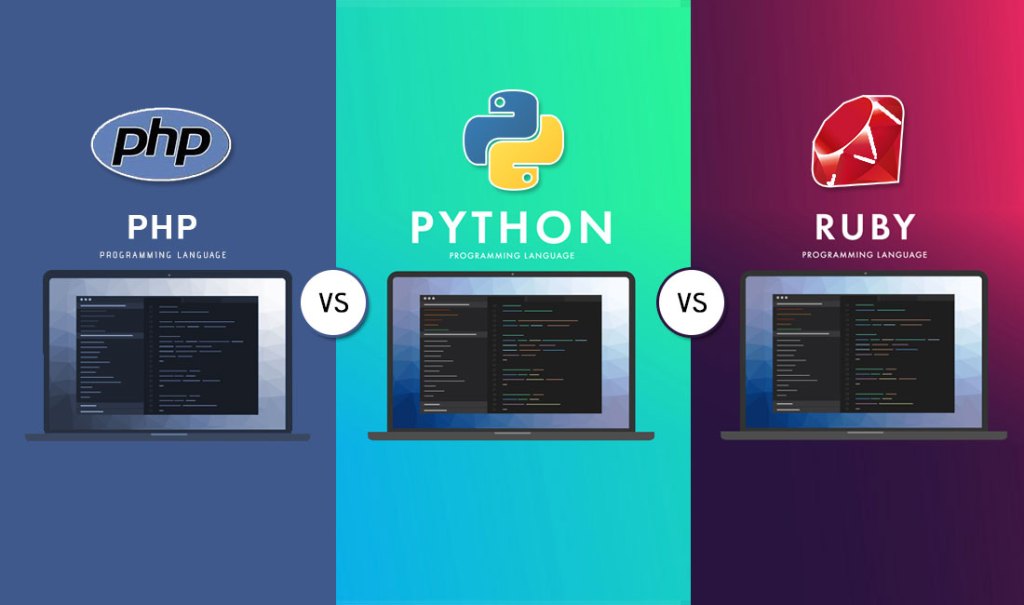


asyncio tasks obviously have different stacks. You can view at all of them at any moment using asyncio.all_tasks() to get all currently running tasks and task.get_stack() to get a stack for each task.